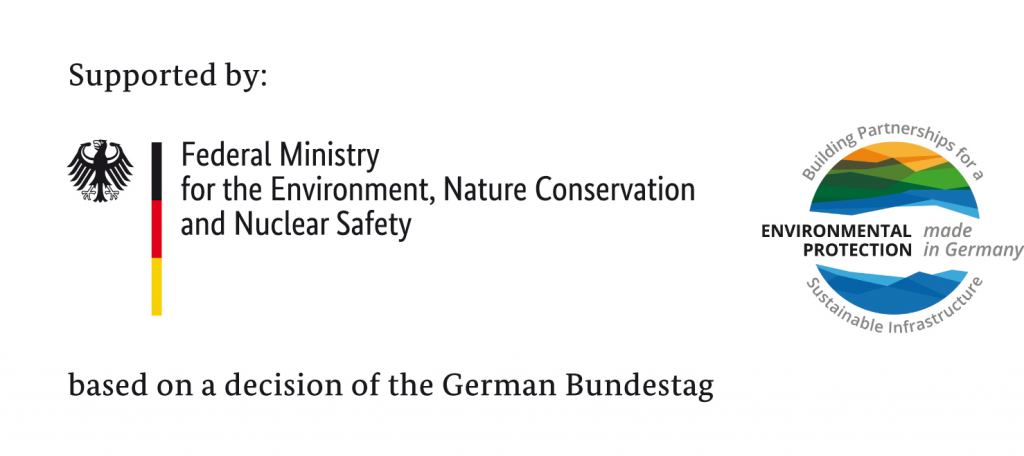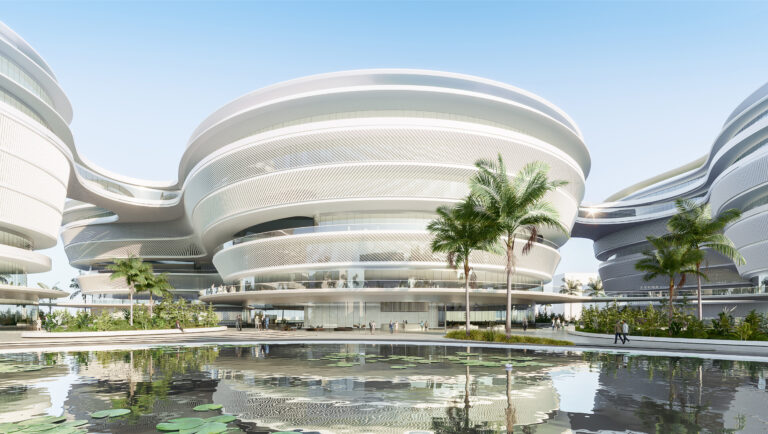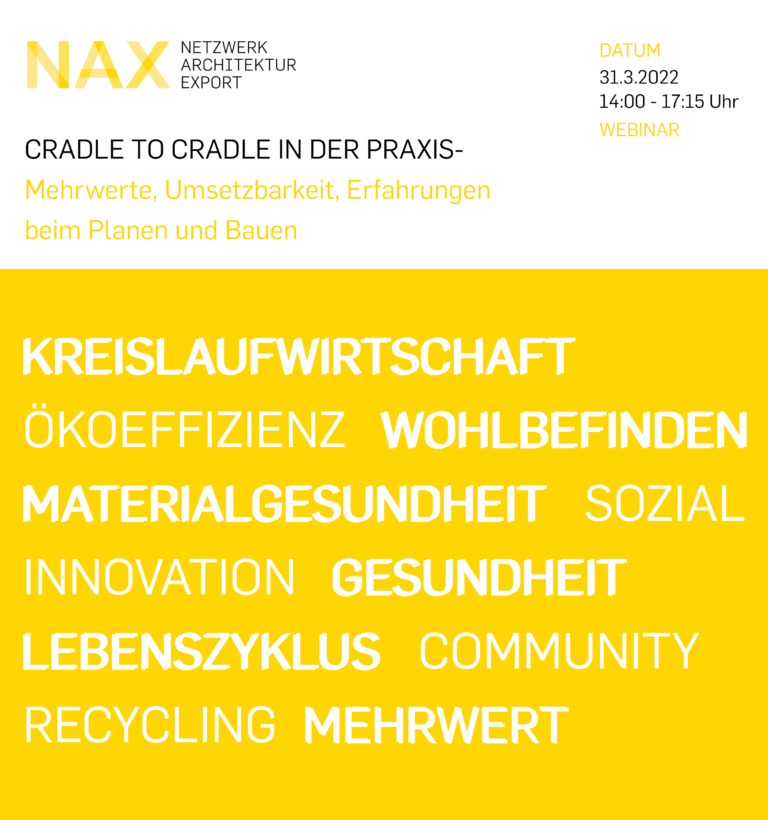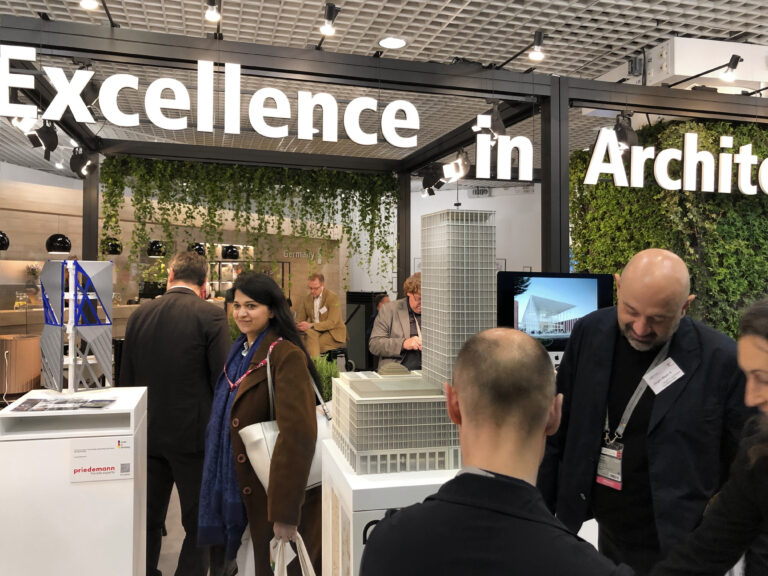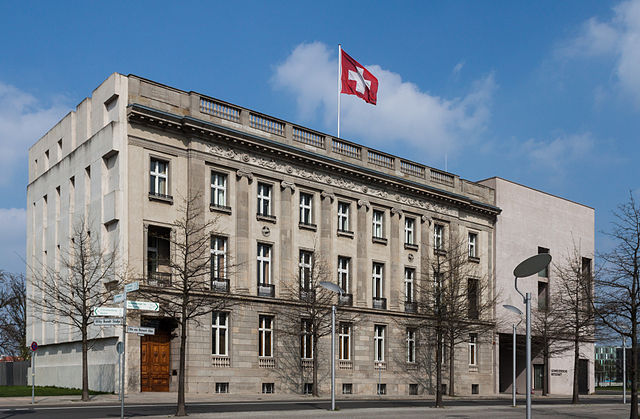The Sino-German City Lab brought together German architects and urban planners, Chinese city representatives and industry experts to discuss perspectives and share knowledge on sustainable urban regeneration strategies for Chinese cities. It was organized by the Network for Architectural Exchange (NAXNAX Netzwerk Architekturexport) and CONSTELLATIONS International. The lab has rendered many inspiring insights into urban renewal practice in Germany and China, its challenges and opportunities. The following statements have emerged as the most significant lessons learned:
Lessons Learned
- Urban regeneration is a key factor in social and environmental sustainability in cities.
-
It helps preserve the resilience of communities, reduce the need for governmental social support as well as the carbon emission cities.
- Urban regeneration can be an effective tool to address the large-scale abandonment of mono-functional compounds in China and elsewhere.
-
With the newly emerging ways of working and living, huge business-only and residential-only districts do not meet the needs of contemporary society anymore. Developers, municipalities and urban planners need to come up with ideas how to convert and reuse these structures sustainably.
- Investor, developers, municipality officials and planners need to make sustainability part of their values.
-
When environmental costs, energy consumption, recycling of materials and heritage value are taken into consideration, the assumption that regeneration is more expensive than demolishing proves itself wrong.
- A standard set of criteria for the evaluation of building heritage is necessary.
-
When deciding which buildings to preserve and which to demolish, a standard set of criteria for the evaluation of the heritage value of a building is necessary.
- Participatory planning processes are key for the success of urban regeneration.
-
They take a lot of time and effort, but will create acceptance of and emotional investment in the project by local residents, thereby reduce maintenance costs and improve the social resilience of urban quarters.
- Urban renewal projects need to find new ways to financial sustainability.
-
Instead of solely relying on government subsidies, developers and architects should take advantage of the increased appreciation for nostalgic, preserved urban infrastructure. Also, planners need to find ways to design projects that match the KPIs of city officials.
- The expected speed of construction in China can be a challenge for the development of innovative urban renewal strategies.
-
In China, investors and planners are expected to develop huge urban areas in a very short time. Such pressure can be detrimental to the quality of the planning and construction, prevent innovation and often produces repetitive designs.
- Digitalization and AI create great added value for urban regeneration projects and will gain importance for Chinese cities.
-
The 14th Chinese Five-Year Plan mentions promoting the construction of city data brains and exploring the construction of digital twin cities.
- New policies for heritage preservation could launch a new urban regeneration trend in China.
-
The newly published policies on preventing large-scale demolition could set a different direction and radical change in how cities are developed in China.
- The Cradle to Cradle concept should be further adopted by Chinese municipalities.
-
The awareness for the demountability and recyclability of used building materials has not yet manifested on a large scale in the Chinese construction industry.
- Regeneration plans for former industrial cities need to consider the demands of new industries.
-
In order to attract industries such as tech and creative, urban renewal plans must cater to their needs as well as encourage conventional industries to adapt to more sustainable ways of production.
- There is a major demand for technologies and expert know-how on soil management in China.
-
Many former industrial cities struggle with the removal and restoration of polluted soil. There is great demand for companies with expertise in this area.
- More innovative ways of collaboration between China and Germany are necessary.
-
Germany and China are on the same direction in their path to decarbonization, and the challenges they are facing are universal and transcend political systems. More innovative ways of collaboration need to be found, with the design of new platforms and approaches.
The Sino-German City Lab is funded by the „Export Initiative Environmental Technologies“ (EXI) of the Federal Ministry for the Environment, Nature Conservation and Nuclear Safety (BMU).
